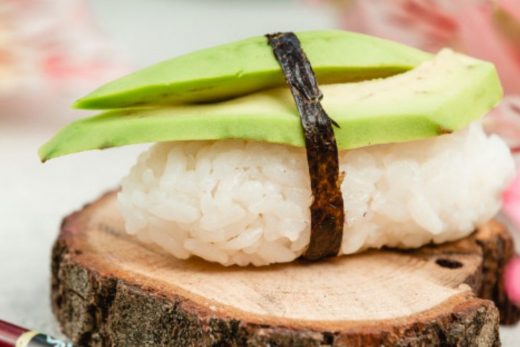One important detail: Make sure to add enough liquid to the beans to just barely cover the ones at the top.
Now your beans are in the oven, set to about 325°F. Time to wait.
Has it been a while? Go take a look. If the cooking liquid has evaporated and the topmost beans look like they’re at risk of drying out, just add more of the bean-cooking liquid. If and when you run out of bean-cooking liquid, switch to boiling water.
Now go wait again.
Bored? Maybe check on the beans. This is going to be your life for the next four hours or so, if not longer. Mostly, it’s just a balancing act between preventing the liquid from getting so low that the top beans dry out, and keeping it so high that those top beans can’t develop a flavorful crust.
Once or twice during cooking, I’ll even give it a stir, just to submerge the topmost beans and bring some of the ones from below up to the surface. Just like in a cassoulet, breaking the crust and stirring it into the beans gives that flavor deep roots.





